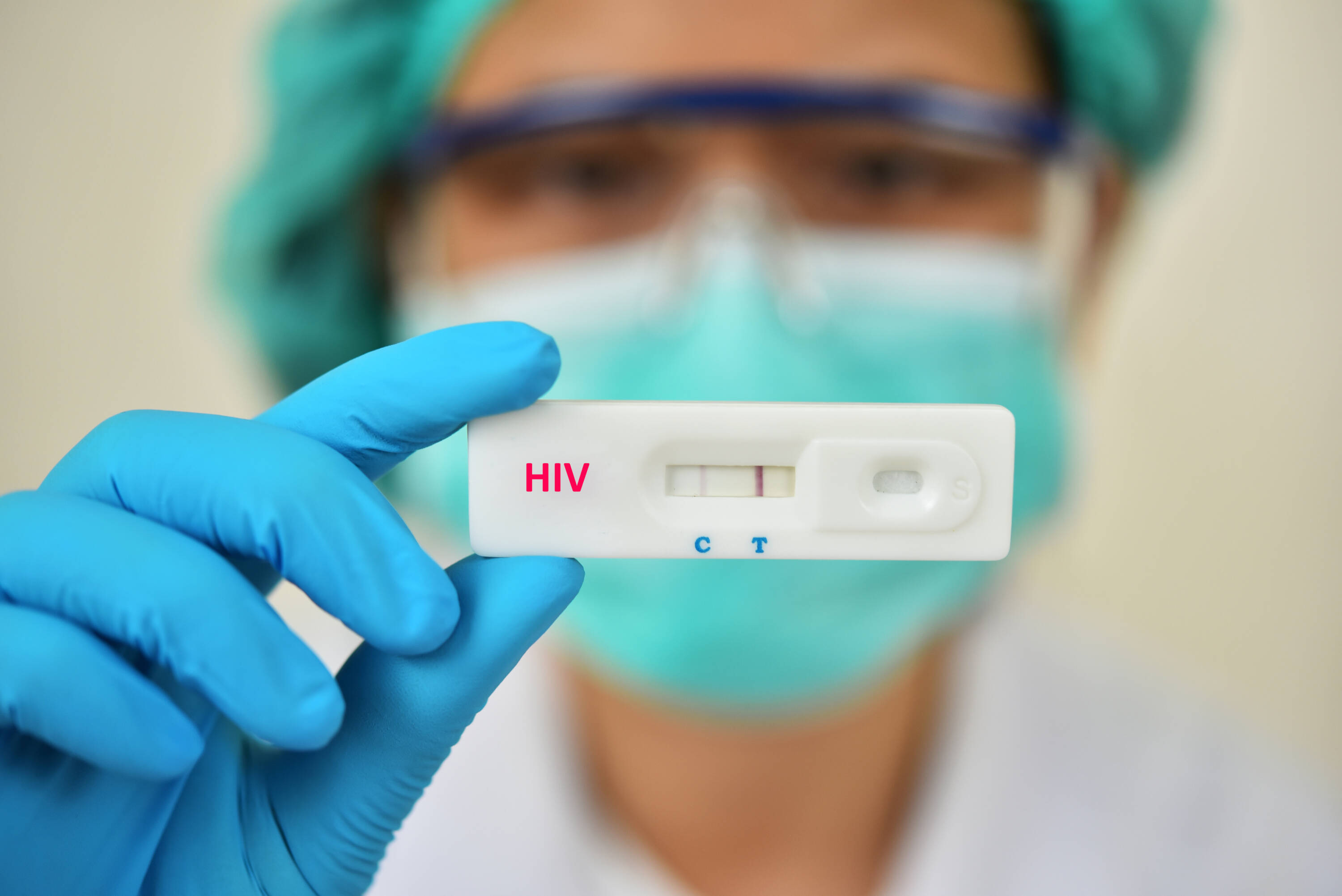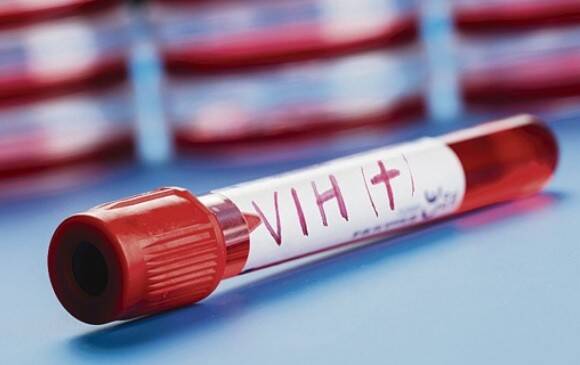HIV funding cuts will cost millions of lives

Drastic cuts in international HIV aid could undo decades of progress and overwhelm health systems in low- and middle-income countries. Particularly worrying is the temporary suspension of Pepfar (the US President's Emergency Plan for AIDS Relief) by Washington, the world's largest donor. How did we get to this point? What consequences could it have?
In February 2025, the five largest global donors to the fight against HIV—the United States, the United Kingdom, France, Germany, and the Netherlands—announced reductions of between 8 percent and 70 percent in their contributions.
These nations cover more than 90 percent of international HIV funding. The move therefore implies a combined cut of nearly 24 percent by 2025 and 2026. The United States, responsible for nearly three-quarters of this funding, temporarily suspended its flagship program, Pepfar, on January 20, 2025 (the suspension was ordered for 90 days, a period that has already expired, but the program's future remains unclear. Congress has also not approved its reauthorization for operation).

The HIV-1 virus is the most common type worldwide. Photo: iStock
These cuts come after decades of coordinated efforts that had significantly reduced new HIV infections and deaths. According to UNAIDS, more than 30 million people receive antiretroviral therapy thanks to international funding and local health systems. However, the future of many of these treatments remains uncertain if the announced decisions are not reversed.
A grave outlook Pepfar has become the largest single-country health initiative against a single disease. Since its inception in 2003, it has helped save 26 million lives in more than 50 countries, the majority in sub-Saharan Africa.
The program funds the provision of antiretroviral drugs, the recruitment and training of healthcare personnel, and prevention initiatives, including HIV testing and condom distribution.
According to projections published in The Lancet HIV, the prolonged suspension of Pepfar, combined with other international cuts, could lead to between 4 and 10 million new infections and up to 2.93 million additional deaths by 2030.
Programs such as prevention of mother-to-child transmission during birth and pediatric care, which have achieved great success in reducing infections in newborns, could be particularly affected.
The emergency is not limited to treating those already living with the virus. Prevention, a fundamental pillar of the response to HIV, is also being undermined.
Awareness campaigns, HIV testing, provision of condoms and lubricants, PrEP (pre-exposure prophylaxis), and harm reduction (e.g., syringe exchange programs) are often largely supported by external funding.
PrEP is an HIV prevention strategy that involves regularly taking an antiretroviral medication to prevent infection in people who do not have the virus but are at high risk of acquiring it. This highly effective preventive method, when administered continuously, could be out of reach for thousands of at-risk people.
Key populations targeted by these prevention efforts include sex workers, gay, lesbian, and transgender people, and drug users . These groups have traditionally suffered from the lowest investment in prevention and the highest rate of new infections. Cuts could reinforce their marginalization and trigger infections in groups that are already disproportionately affected.
Every day without sufficient funding for prevention results in new HIV infections that could have been prevented.
The problem is centered in countries with fewer resources, but the United States and Europe are no exception. We live in a highly interconnected world. The increase in cases in other regions can impact global health.
For example, approximately half of new diagnoses in Spain are detected in migrants. Therefore, the global evolution of the virus is related to national realities.

HIV Photo: EFE
We still have time to intervene and stem the worst consequences. Organizations such as UNAIDS, the World Health Organization (WHO), and scientific societies (SeiSida, IAS, among others) propose concrete measures, such as restoring funding and reactivating Pepfar. Returning investment levels to pre-2025 levels and ensuring the continuity of the most critical programs, especially in low-income countries.
They also recommend strengthening national investment. Governments in each country must increase their health budgets to reduce their dependence on external aid . This won't happen overnight, but greater local autonomy will generate more resilient health systems.
Another measure is to integrate the HIV response into primary care. Including HIV testing, PrEP, and drug distribution within the basic healthcare framework would optimize resources and expand coverage.
It is important that governments maintain prevention programs for vulnerable populations . Interventions targeting higher-risk groups should be prioritized : suspending them could lead to higher infection rates and increase social stigma.
Finally, they recommend planning for the transition of funds. Instead of abrupt cuts, they recommend a phased approach that allows countries to adapt and sustain their programs without causing drastic disruptions .
Cuts in international HIV funding threaten to reverse the gains of recent decades and put the health of millions of people at risk. After years of declines in new infections and AIDS-related deaths, this positive trend could stagnate or even reverse if the suspension of Pepfar is not reversed and the cut funds are not restored.
In an interconnected world, the consequences transcend borders and affect everyone's health. Fulfilling donation commitments, strengthening primary care, and allocating resources to prevention are key steps to safeguarding decades of progress and ensuring that HIV ceases to be a global threat in the coming decades.
(*) Specialist in Internal Medicine, Complutense University of Madrid.
(**) It is a non-profit organization that seeks to share ideas and academic knowledge with the public. This article is reproduced here under a Creative Commons license.
The situation in Colombia By 2023, UNAIDS estimated that 231,000 people over the age of 15 were living with HIV in the country: 190,000 men and 41,000 women. The incidence of the disease was 0.44 per 1,000 adults between the ages of 15 and 49. This prevalence is low compared to other countries. The organization also recorded 3,500 deaths from AIDS.
However, for that year, the Ministry of Health reported that they had only identified 185,954 people living with HIV. The remaining estimated population is presumed to be living with the disease without having been diagnosed.
On the other hand, for 2024, the National Institute of Health (INS) reported 20,008 new HIV cases, approximately 55 diagnoses per day. This figure sparked rumors of an outbreak, but the Ministry of Health denied them and explained that the reported number reflects improved detection of the infection.
In addition to increased diagnostic capacity, treatment in the country has proven to be positive. “Nationally, in the 2024 period (from February 2023 to January 2024), 80.74% of prevalent people living with HIV received ART (antiretroviral therapy), and of these, 89.42% achieved viral suppression . Early diagnosis and treatment are essential to achieve broad coverage and high therapeutic effectiveness,” notes the High Cost Account, a non-governmental technical body of the General Social Security Health System.
The country's prevention strategy "combines the promotion of condom use, access to testing and medications or the provision of Pre-EP , preventive campaigns and comprehensive sexuality education, as well as the reduction of stigma and discrimination, the dispelling of misinformation, and the promotion of respect for human rights," explains the Ministry of Health.
eltiempo





